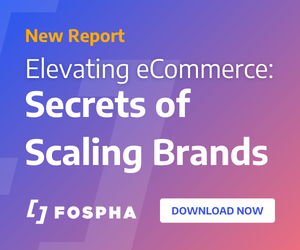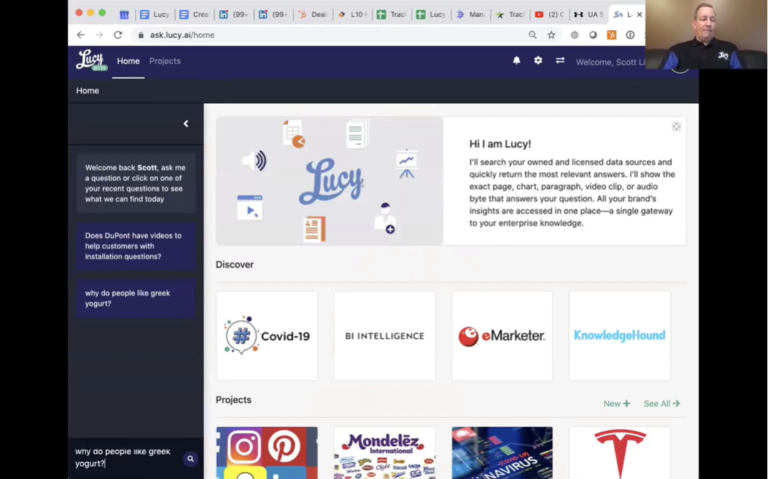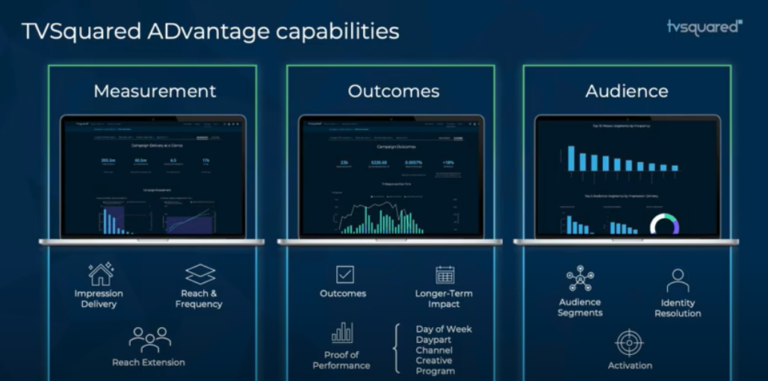This week, Amazon held its third-annual Prime Day, a shopping holiday that the retail giant created and has turned into one of the biggest sales days of the year.
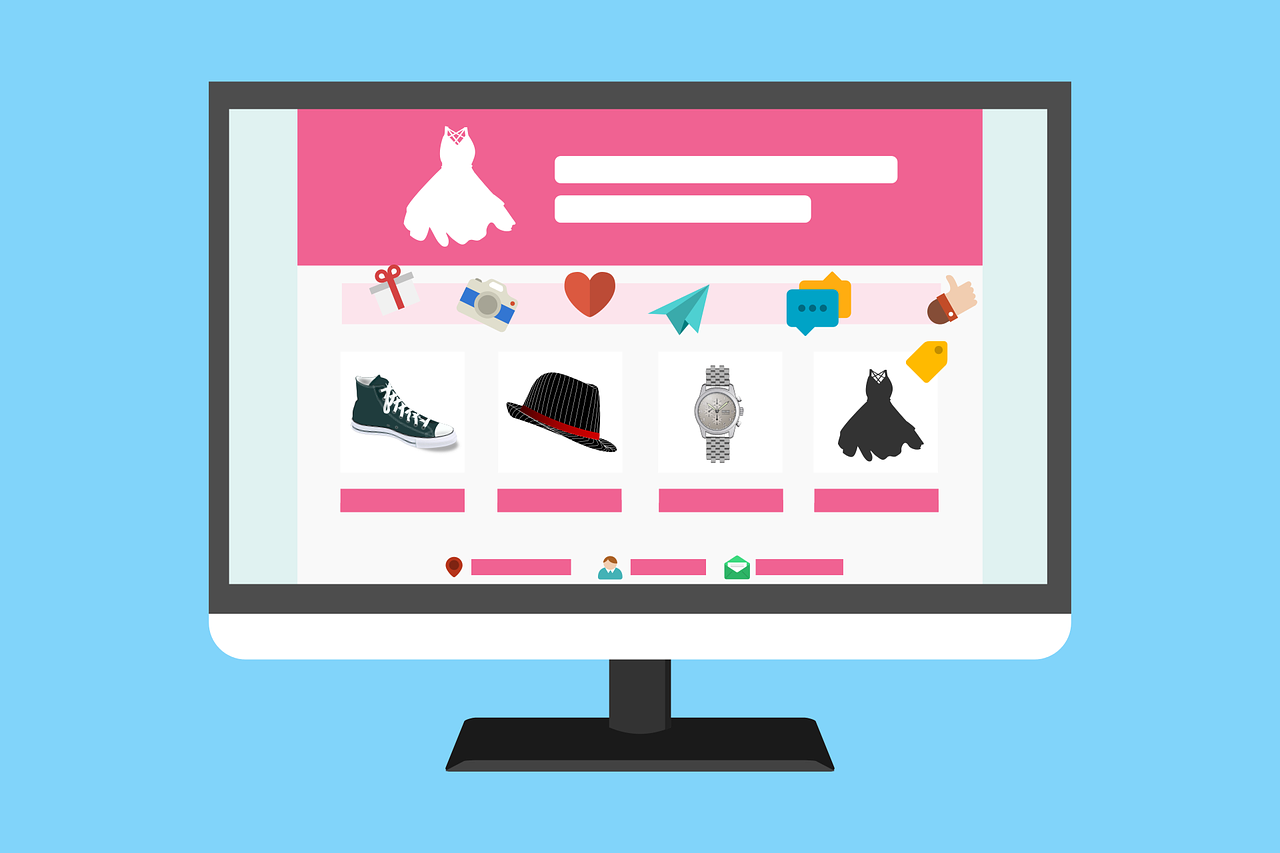
And this week’s event did not disappoint. According to Amazon, it offered Prime members hundreds of thousands of special deals, including a hefty discount on its Echo Dot intelligent voice assistant-driven speaker.
With offers actually available for around 30 hours, Prime members ate the deals up. Prime Day sales grew 60% year-over-year and that tens of millions of Prime members made a Prime Day purchase, a 50% increase over 2016. According to the Amazon blog, small businesses sold over 40 million items this year.
Some analysts are speculating that Prime Day might become the new Black Friday and with Amazon’s Prime membership base now estimated to exceed 85 million households, that doesn’t seem like such a far-fetched possibility.
But while Amazon technically owns the shopping holiday it created, other retailers aren’t sitting idly by. Increasingly, they’re developing their own Prime Day strategies and trying to capitalize on Amazon’s Christmas in July.
Here are how some of them did just that this year.
Numerous retailers launched their own sales events
According to research firm Bazaarvoice, more than three-quarters of Prime Day shoppers visit retailers other than Amazon to make sure they’re getting the best deal. Surely aware of this, many retailers chose to go head-to-head with Amazon by creating special sales events of their own on or around Prime Day.
J.C. Penney, Macy’s, Best Buy, Dell and Toys R Us were just a few of the retailers that created their own special sales events.
J.C. Penney, for instance, tried to woo consumers with Penny Palooza, a 48-hour sale offering discounts on featured products as well as 25% to 30% off purchases. Macy’s dubbed its sales event Black Friday and is being even more aggressive than J.C. Penney by offering deals through July 17.
Toys R Us also got involved, launching a 36-hour sale that offered 20% off purchases on the toysrus.com and babiesrus.com websites. The company’s promotions for the sale reminded consumers that, unlike on Amazon, no membership was required to receive the discount.

Wal-Mart and Jet.com matched prices aggressively
While lots of retailers opted to compete with Amazon on Prime Day, market intelligence firm Market Track found that none were able to keep up with Amazon’s product selection and discounts as well as Amazon’s biggest competitor, Wal-Mart.
According to Market Track, Wal-Mart and its subsidiary, Jet.com, came “the closest in terms of price parity” to Amazon on Prime Day. And 82% of the 52 Amazon products it analyzed were also available on Walmart.com.
For comparison, Target stocked just 50% of those products analyzed.
Interestingly, unlike other retailers, Wal-Mart didn’t position its effort as a Prime Day competitor. In fact, just days before Prime Day, Wal-Mart spokesperson Danit Marquardt suggested that Wal-Mart didn’t feel the need to launch a large campaign.
In 2016, Wal-Mart responded to Prime Day by offering free shipping but at the beginning of the year, it added free two-day shipping for qualified orders, shuttering its Prime-like ShippingPass membership service. “We launched two-day, free shipping with no membership fee, which is available on great deals every day,” Marquardt stated.
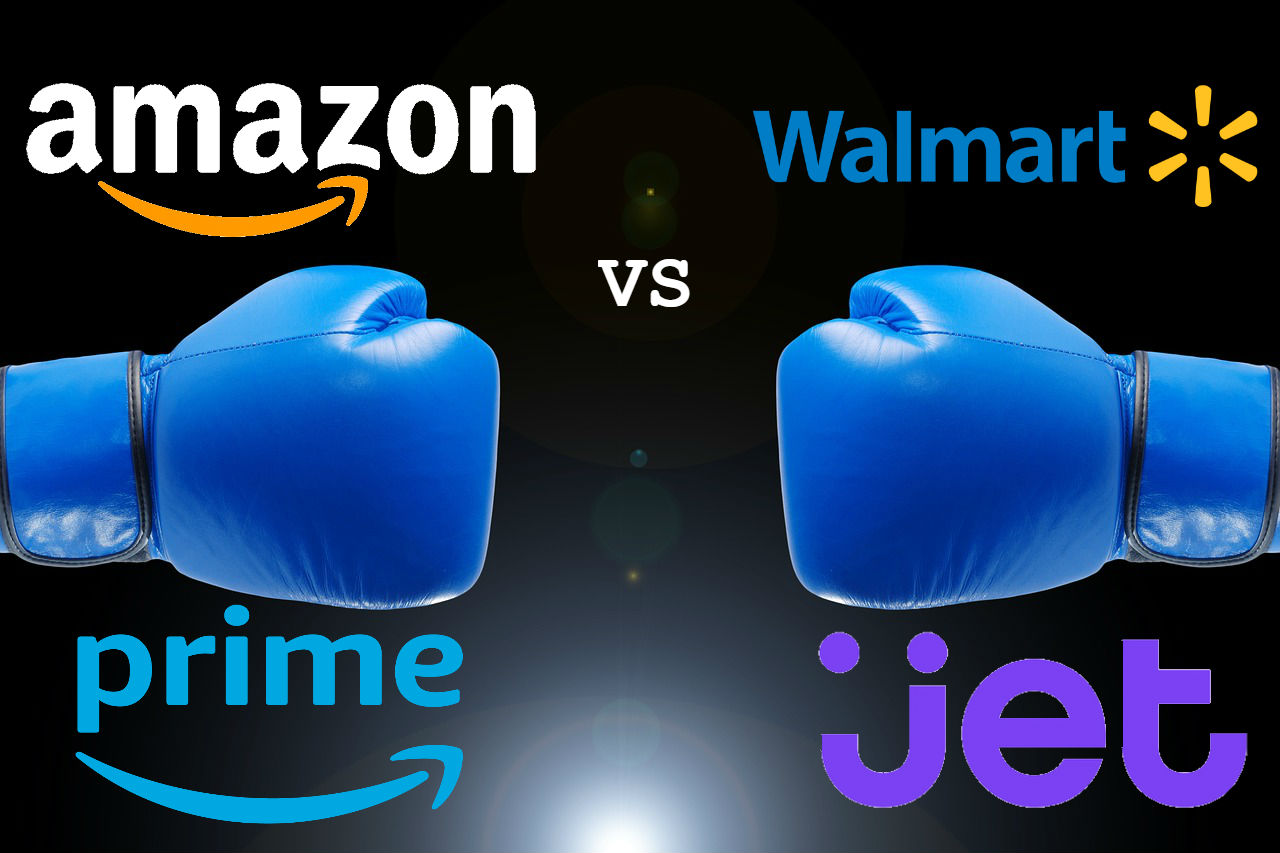
Procter & Gamble created a campaign to drive Pampers sales and raise money for charity
While there is talk that Amazon may one day dethrone consumer-packaged goods (CPG) giants like Procter & Gamble (P&G), which has a portfolio of high-profile consumer brands, many of these companies sell on Amazon currently. P&G took advantage of Prime Day to encourage parents of babies and toddlers to purchase Pampers diaper delivery subscriptions through the retail behemoth.
As detailed by AdWeek, P&G teamed up with the March of Dimes and celebrity recording artist Ne-Yo to create a charitable campaign in which every Pampers subscription purchased on Amazon Day resulted in a $10 donation to the March of Dimes to benefit infants receiving hospital care.
As part of the campaign, P&G streamed a Facebook Live broadcast featuring Ne-Yo that was designed “to engage with moms and dads and have them laughing, crying and getting inspired to join in on our mission to care for the happy, healthy development of every baby.”
Were these efforts worth it?
The conventional wisdom is that retailers and brands can’t sit on the sidelines and let Amazon continue to gobble up market share and mind share. By this standard, they have little choice but to respond to Prime Day.
But it remains to be seen whether or not most of these efforts will be successful. While it’s likely that many retailers were able to increase sales on Prime Day, it’s not clear how much they’ll benefit given that Amazon still almost certainly emerged victorious overall. What’s more, retailers, many already under financial stress, had to sacrifice margin to have a seat at the Prime Day table.
From this perspective, it would appear that even though Prime Day is fast-becoming a shopping holiday that Amazon doesn’t truly own, that doesn’t really matter to Amazon.




